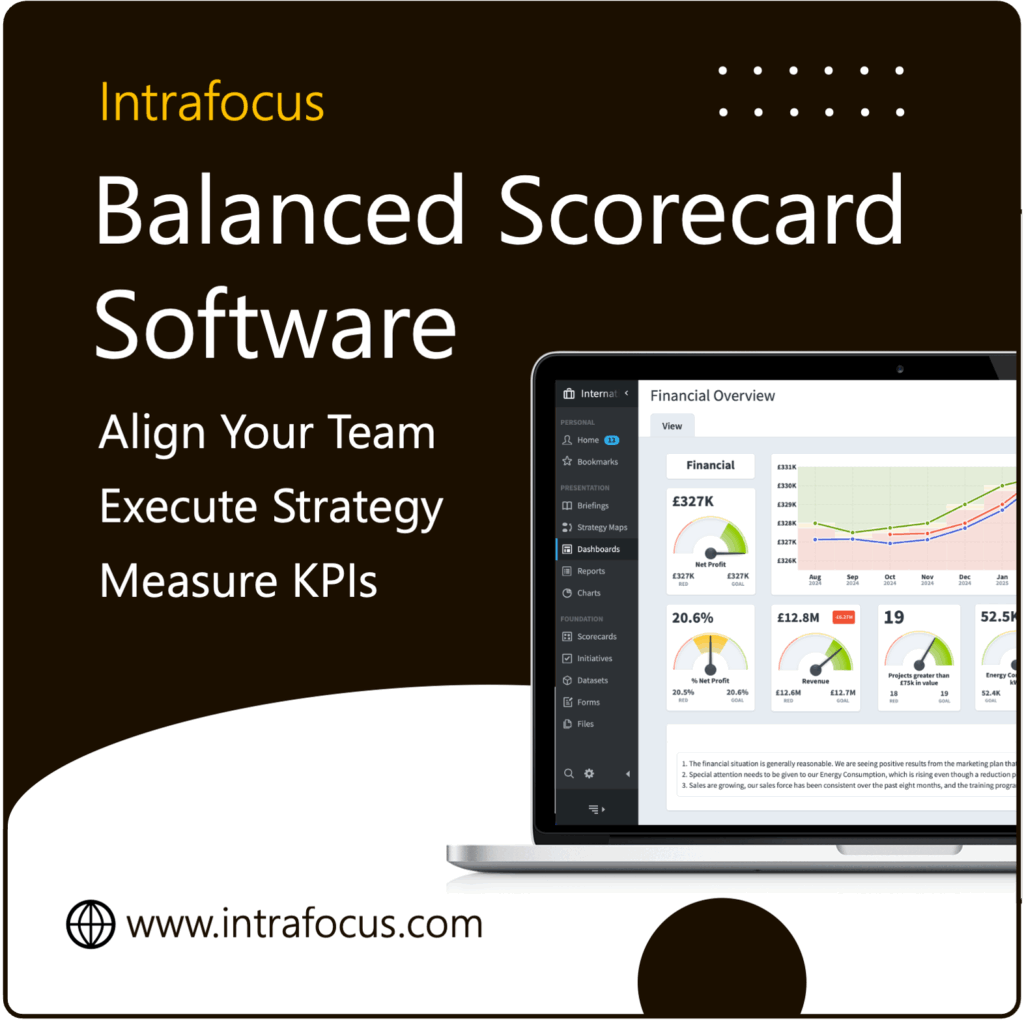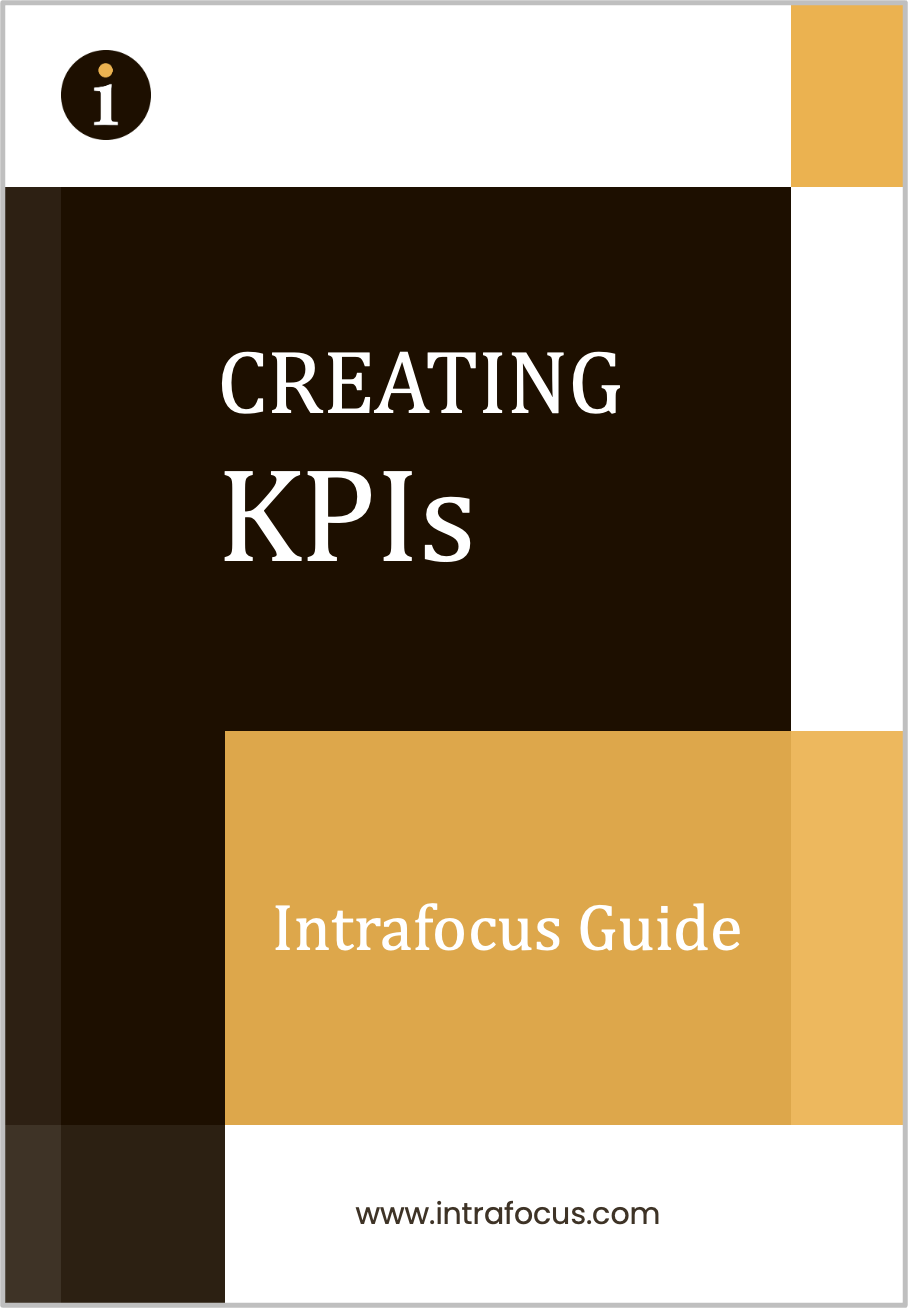What does good employee engagement look like?
How can you measure employee engagement – In this blog series on employee engagement, we’ve talked about the importance of employee engagement and touched upon the indicators of success. But what exactly are the signs that your leadership team need to be looking for, and how exactly can you measure something as nebulous as ‘engagement’?
Signs of employee engagement
Most business leaders will actually know intuitively when their business has a high level of engagement, as the lively, creative and healthy atmosphere will be immediately apparent. You’ll walk through the office and hear the buzz of people involved in work and projects that interest them. You’ll see signs of creativity and activity – from lively focus groups or project gatherings, through to team huddles and even brainstorming around the coffee machine. As a leader, employees will approach you for advice and guidance or to share what they are doing.
You might see ideas and flow charts on walls, scamp diagrams or a team huddled around a screen or CAD drawing, depending on your industry. The energy will be high and people will be busy, occupied and excited about their work. You are very likely to also see your fellow business leaders and senior managers present and engaged in the activities of the workspace, rather than cordoned off in private offices or hidden away in an ivory tower!
Other ways to measure employee engagement include:
1. An ease of hiring great talent – as your current employees refer new and similar employees who are likely to be a great cultural fit.
2. Excellent retention of quality staff – as people want to stay to be part of your business
3. An office which isn’t like a ghost ship as the clock strikes 5pm on the dot! Whilst you don’t want to create a culture of presenteeism, it’s fair to say that workplaces with high employee engagement will invariably have employees that don’t want to leave on the dot. Their passion for their work and projects results in that highly desirable discretionary effort, which in turns gives your business the high-performance edge.
4. Your people taking part in extracurricular activities – from a quick drink after work to a company volunteering afternoon or a more formal social. They enjoy their colleagues and are proud to represent the business.
5. Customers loving your work – they are leaving great reviews, showing loyalty, buying more and referring in their own contacts. An engaged, productive, happy business is contagious!
6. Signs of collaboration, innovation and creativity across stakeholders – from the way that your sales teams manage key accounts, to the way that your cross-functional teams come up with better ways of working.
7. Your employees all have clear goals and objectives, are performance managed and say that they have appropriate levels of work.
8. They also say that their managers are approachable and ready to listen.
9. Your people feel that they have an appropriate amount of work that stretches them, but which isn’t overwhelming.
10. Your employees have the tools, training, support and flexibility that they need to perform. Where they provide workable suggestions that will result in even better performance, those suggestions are implemented quickly.
11. There is a real culture of reward and recognition, with leaders visibly and regularly praising great work in an open way – and promoting from within.
12. Suppliers are positive about working with you and keen to invest in relationships with your business, paving the way for joint work, closer collaboration and even preferred supplier status.
13. There are fewer accidents and security risks at work as your employees become more diligent in carrying out their roles and responsibilities.
14. Your bottom line business results are looking all the better!
Measure employee engagement
So, how exactly can we measure some of these less tangible examples in a way that provides data and benchmarks to progress against? Most companies will carry out an annual employee survey with interim ‘pulse surveys’, focus groups or other means of checking progress.
These surveys are company-wide, anonymous and focused around a series of areas, including management, reward and recognition, strategy, communication, process and tools, training and so forth. They may have 50 questions with the opportunity of providing free-form text responses. Often, these surveys are delivered by specialist consultancies with an expertise in employee engagement. Results are aggregated to a level which provides meaningful data and focuses, without identifying individuals. The resulting leadership report will be comprehensive and flag up areas in which the company is excellent and areas in which it can develop.
This survey provides a starting point for ongoing initiatives, which can be taken forward by internal working groups under the guidance of managers who have the ability to effect change and to implement improvements.
Harder measures of success – such as attrition, sickness and absence, financial figures, H&S incidents and so forth – can also be gathered into a regular reporting KPI software. The vital thing to remember is that, when data is being gathered in relation to employee engagement, it must be shared in a transparent, open and timely way with your employees. They must also be given the opportunity to participate in initiatives to effect further change and improvements and to own these initiatives as far as possible.
Remember the best way to measure employee engagement is to measure, communicate and commit to ongoing changes as part of a continuous improvement cycle. Then you will start to really enjoy the results of a highly engaged workforce – and ultimately see the difference in your profit margins.



